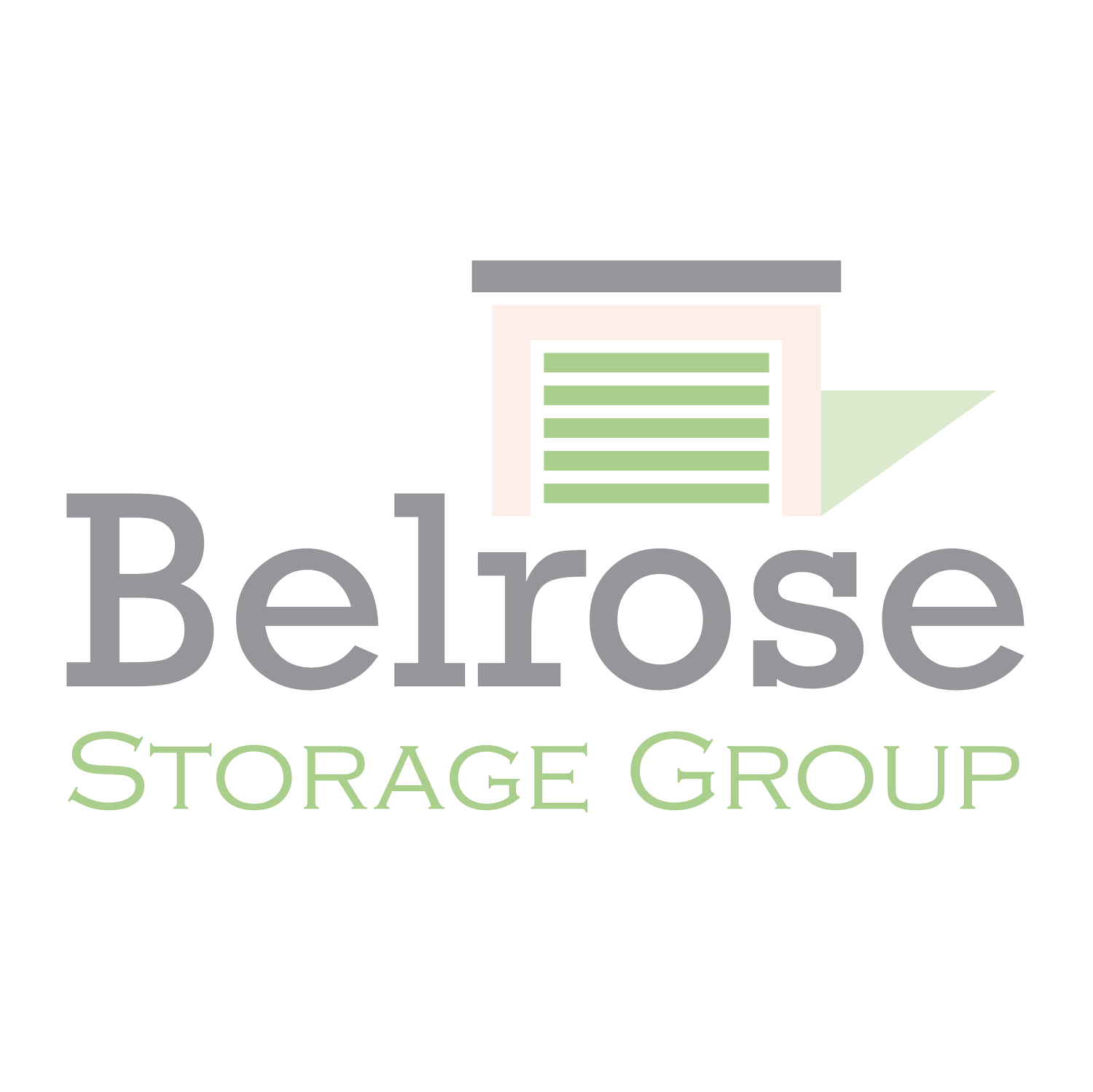Self-Storage’s 30-Year Hot Streak: Where Do We Stand Today?
How many asset classes can say they’ve had a “winning streak” for 30+ years? Self-storage can.
Through the Dot Com bubble burst, 2008 housing crisis, geopolitical unrest, and a global pandemic, self-storage has remained the best-performing real estate asset class since 1993, according to the National Association of REIT (NAREIT).
With such positive performance in recent years, you might wonder if now’s an ideal time to invest in self-storage, or if your opportunity to capitalize on positive returns has already passed. To address this question, let’s look briefly at the current factors impacting self-storage performance and what investors should consider.
A Recap of Recent Performance
Demand in self-storage experienced a temporary, Covid-induced surge in 2020 and 2021, which has (as predicted) started to cool back down. But in the years since Covid began, the economic landscape has shifted drastically.
In 2022 and 2023, we experienced historically high inflation, a rapid rise in interest rates, low housing inventory, and supply chain shortages. Despite these hurdles, however, self-storage facilities remain resilient. Today, we’re still enjoying rental and occupancy rates above pre-pandemic levels, despite the recent decline.
For context, around 9% of US households rented self-storage facilities in 2019 (before Covid). In 2023, that number is estimated to be around 11.1%.[1,2] While a 2% rise in market penetration may not sound like much, consider just how many households that actually equates to — around 2,624,000. Even just a one percent change in usage equates to over a million new customers.
With a slowdown in new construction and demand continuing to outpace supply, existing self-storage facilities and investors are in a favorable position to continue enjoying positive investment performance.
The Impact of Mortgage Rates on Commercial Real Estate Performance
A major factor currently impacting the self-storage sector is high inflation and the subsequent rise in interest rates.
As you likely recall, homebuyers in 2021 could snag a 30-year fixed rate for less than 3%. Just two years later, we’re looking at rates as high as 8% for the same terms.
While interest rates have risen drastically in recent years, many economists are predicting that this era of steep hikes is coming to an end. We may see rates continue to trend upward, but likely at a slower rate. At the same time, rates are not likely to fall dramatically, either — meaning don’t expect a 2.5% mortgage anytime soon.
Mortgage rates play an important role in self-storage investing for several reasons:
High debt costs
Higher rates equals higher debt costs, which naturally slows down growth in any sector, including self-storage. Because of this, we’ve seen fewer sales across the self-storage industry.[3] However, self-storage has achieved “darling status” in the lending community, according to a recent article on Inside Self Storage. As a result, lenders are pricing self-storage competitively, as they would with any other asset.
Impacting Value
When interest rates run high, it makes it harder for individuals and investors to finance a storage facility. Ultimately, this can decrease their value. But with all else equal, the inverse is also true: future lower rates will make facilities more valuable.
Rising Capitalization Rates
The capitalization rate (cap rate) is determined by dividing the net operating income by the sale price of a piece of property. In theory, the lower the cap rate, the better value you’re getting as a buyer because you have the potential to earn a greater return on investment.
According to JP Morgan, cap rates tend to rise in relation to interest rates.[4] It’s worth noting, however, that the two are loosely correlated, not direct parallels of each other. Cap rates don’t rise at the exact same rate or time as interest rates. Rather, they tend to trend in the same direction around the same period of time.
Remember, a Decline in Growth Is Okay
Seeing a short-term ebb and flow in growth is normal. While we’re in a period of decline (as compared to the 2020 surge), we urge you to look at self-storage investing performance with a wider lens. Remember, over the past 30 years, it’s been the best-performing real estate asset class — and it’s easy to see why. The important thing as an investor is to maintain a long-term focus, which should help you keep short-term fluctuations in perspective.
Is Now Still a Good Time to Invest in Self-Storage?
The reason our team at Belrose chooses to invest in self-storage is because it has proven to be a resilient and high-performing asset in nearly all market conditions. From recessions to high inflation and periods of economic uncertainty, self-storage helps our community of private investors achieve their three biggest investment goals: security, growth, and income.
If you’d like to learn more about alternative investment opportunities like self-storage investing, schedule a call with our CIO, Tom Dunkel today.
Sources:
[1] Self Storage Demand Study 2020 Edition
[2] The resiliency of U.S. self storage and return to new normal
[3] High Interest Rates Are Slowing Down Self Storage Dealmakers

